Japan may change temple map icon to avoid Nazi confusion
-
Recently Browsing 0 members
- No registered users viewing this page.
-
Topics
-
-
Popular Contributors
-
-
Latest posts...
-
72
More "Wise" Bad News For Wise Customers Residing in Thailand
I don't know the exact exchange rate that I get as I do the transfer in GBP and it is exchanged in Thailand. In my bank book it just shows as a credit with no details. All I can do is divide the credit by the amount of GBP that I sent. Of course that won't give the precise exchange rate as Kasikorn fees will have been taken out. My last transfer arrived the 13th of this month and the division woks out at 32.92 Bt to the GBP. I have no idea what Wise's exchange rate may have been. -
9
UK Starmer Speaks Out on Councils Removing Union Jack Flags
At same time ask a Catholic who their primary allegiance is to: the UK or the Pope. If not the former then remove then from the UK? -
40
Report Thailand to Mandate Tax Declarations for All Citizens by 2027
This is a new low for Thailand. Really sad to see them going down this route after so many of relative freedom. This needs to fail and fail hard. -
27
Crime 75-Year-Old Man Beats 80-Year-Old Man to Death in Love Triangle
B for butter, she spreads easily -
40
Report Thailand to Mandate Tax Declarations for All Citizens by 2027
It will be interesting to see if this gets implemented and how it is enforced if it gets implemented. I know several Thais that do a strictly cash business renting out properties but never file a tax return. As in the US, I think many of these cash businesses will under report their income.- 1
-
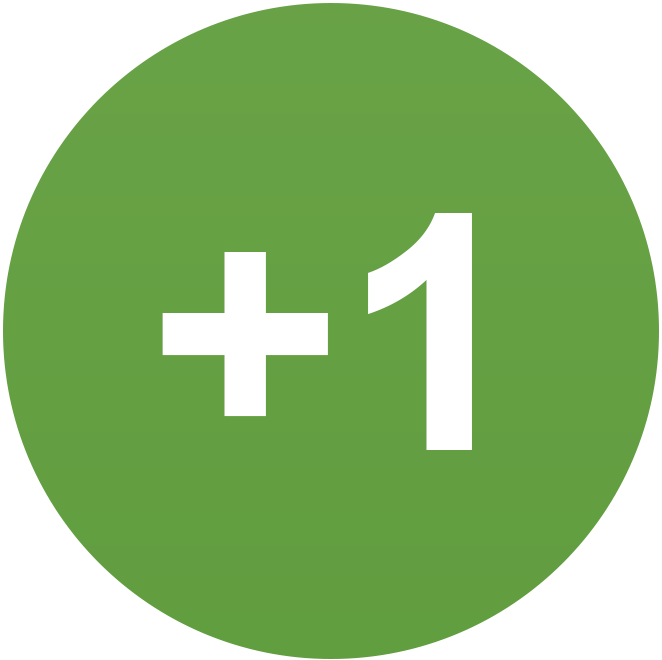
-
0
Japanese data
Please do not delete this video, as you have done with others I have uploaded on the topic. This information needs to be viewed and discussed. Thankyou.
-
-
Popular in The Pub

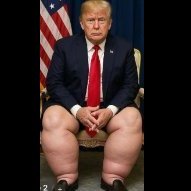
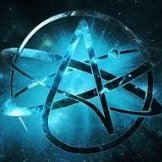

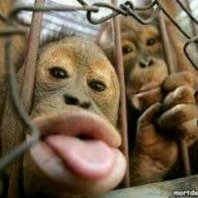
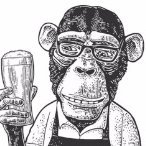
.thumb.jpg.bc523c85a8d558dbc282dca7a2e602c9.jpg)

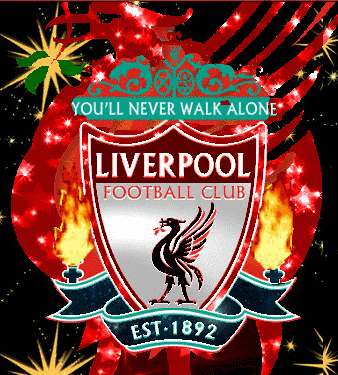
Recommended Posts
Create an account or sign in to comment
You need to be a member in order to leave a comment
Create an account
Sign up for a new account in our community. It's easy!
Register a new accountSign in
Already have an account? Sign in here.
Sign In Now